Magic in the Middle of Nowhere: Diving the Gulf of Mexico's Flower Garden Banks
Many divers think they need a plane ticket and passport to have a truly dramatic underwater experience like swimming with manta rays, encountering a whale shark or finning across a coral reef in a wild open ocean. That’s probably because they haven’t heard about the remote gems in our Gulf of Mexico about 100 miles off the Texas/Louisiana coastline.
The Flower Garden Banks National Marine Sanctuary encompasses a triad of reefs bathed in bio-rich Gulf Stream eddies that nourish an awesome assortment of exciting marine life. The East and West Flower Garden Banks reefs are 12 miles apart with plateaus of 250 acres and 100 acres respectively. They are the northernmost coral reefs on the North American continental shelf, and host more than 20 species of corals and at least 180 species of fish.
Due in part to their distance from shore, the Flower Garden Banks are touted by scientists as one of the healthiest coral-reef systems in the Western Hemisphere. Stetson Bank, the later addition to the sanctuary, is a much-smaller siltstone-based reef set 40 miles inshore from the West Flower Garden Bank. Considering much of the surrounding ocean floor is featureless, and the closest bona fide coral reefs are 400 miles away in Mexico, the Flower Garden Banks are true oases of tropical marine life.
Imagine a lively underwater meadow filled with giant green-and brown-hued mounds and boulders wrapped in a cover of living brain-and star-coral polyps. Dozens upon dozens of these rounded coral heads can be seen in every direction as far as the eye can see — which is often 100 feet or more thanks to consistently stellar visibility. Many of the hard-coral mounds are bigger than a Smart car, and most are studded with orange and yellow sponges. Schools of chromis and creolefish hover over the formations while parrotfish, rock beauty angelfish and Spanish hogfish flit around the reef area. Other prominent species include barracuda, red spotted hawkfish and scrawled cowfish. Sand patches and trenches section off the nearly continuous spread of corals. Bottom dwellers like yel- lowhead jawfish, peacock flounder and tilefish hang out in the sand areas.
Besides an impressive array of stony corals and Caribbean tropicals, the Flower Garden Banks also attract much larger animals like manta rays, loggerhead turtles and silky sharks. You might even spot a mobula ray or a hawksbill turtle cruising around the reef. During the late-winter months and in early spring, massive squadrons of spotted eagle rays pass through the region. Whale-shark sightings occur mostly in the summer months but are sporadic. Yet on most trips it’s common to see a silky, sandbar or nurse shark. And each year, two remarkable events occur. From January to early April, schools of scalloped hammerhead sharks migrate through the Gardens; seven to 10 days after the August full moon, the reef explodes in a reproduction frenzy known as mass coral spawning.
The Sanctuary’s third formation, Stetson Bank, is the smallest of the trio at 36 acres, but it is a magnet for thrilling marine life such as manta rays, sandbar sharks and, on occasion, whale sharks. Stetson touts a series of siltstone pinnacles, which differ from the East and West banks, encrusted with sponges and fire coral where spiny oysters, arrow crabs, feather dusters and a wide array of invertebrates vie for space.
The Sierra Madracis coral formation near mooring buoy No. 3 is not only the largest coral formation on Stetson, it’s also one of the most visually stunning and lively displays of ten-ray star coral in the entire sanctuary. Schools of crimson creolefish hover overhead while spotted morays poke their heads out from holes. It’s a real beauty. At Stetson you’ll also marvel at the unusual number of spotted scorpionfish, flashy sailfin blennies and rare golden smooth trunkfish. Another signature of Stetson is its wall on the north side that makes a dramatic plunge to 180 feet. While navigating along the edge of the drop-off, be sure to keep your eyes peeled for the big boys passing through.
ITINERARY
DAY 1: From Houston, head south to Freeport and find the M/V Fling no later than 8 p.m. to allow time for Cajun-style gumbo at On the River Restaurant, a short walk from the dock. After boarding, stake a bunk for the overnight cruise.
DAY 2: The first dive on the West Flower Garden Bank mooring is at 7 a.m. A full hot breakfast with tasty tacos awaits after surfacing. Two- and-a-half hour surface intervals offer time to read or lounge on the upper deck. After the second dive, grab a quick snooze during the 12-mile run to the East Flower Garden Bank reef. If conditions are right, nearby high Island 389 platform might be the best rig dive of your life. The late afternoon fourth dive is followed by a Texas-size dinner — beef brisket, fajitas or spaghetti. After surfacing from the night dive, enjoy a late-night treat of ice cream and warm brownies before heading to the upper deck for star-gazing.
DAY 3: Diving Stetson Bank is an entirely different experience from the East and West banks. Often described as a moonscape, it offers rocky uplifts, sponge-encrusted pinnacles and loads of fish. Lunch is served after the second dive as the boat begins the five-hour run back to port. Dock arrival is typically no later than 6 p.m.
NEED TO KNOW
When to Go: Winter season runs February through April; summer season is May through September. The calmest seas occur at end of July through mid-September.
Dive Conditions: Water temperatures vary from the mid-60s to low 70s in winter and from the low to mid-80s during the summer. Visibility ranges from 30 to 60 feet in the winter and 75 to 100-plus feet during the summer.
Operators: Fling Charters runs two- and three-day trips on the M/V Fling from Freeport, Texas. Texas Bluewater Safaris, also out of Freeport, runs small groups to Stetson Bank and the Flower Garden Bank reefs.
Price tag: Two-day live-aboard trips (seven dives) start at $570 for weekends and $520 for weekdays. Three-day weekday live-aboard trips (11 dives) start at $615.
More Information: Visit the Flower Garden Banks National Marine Sanctuary website.
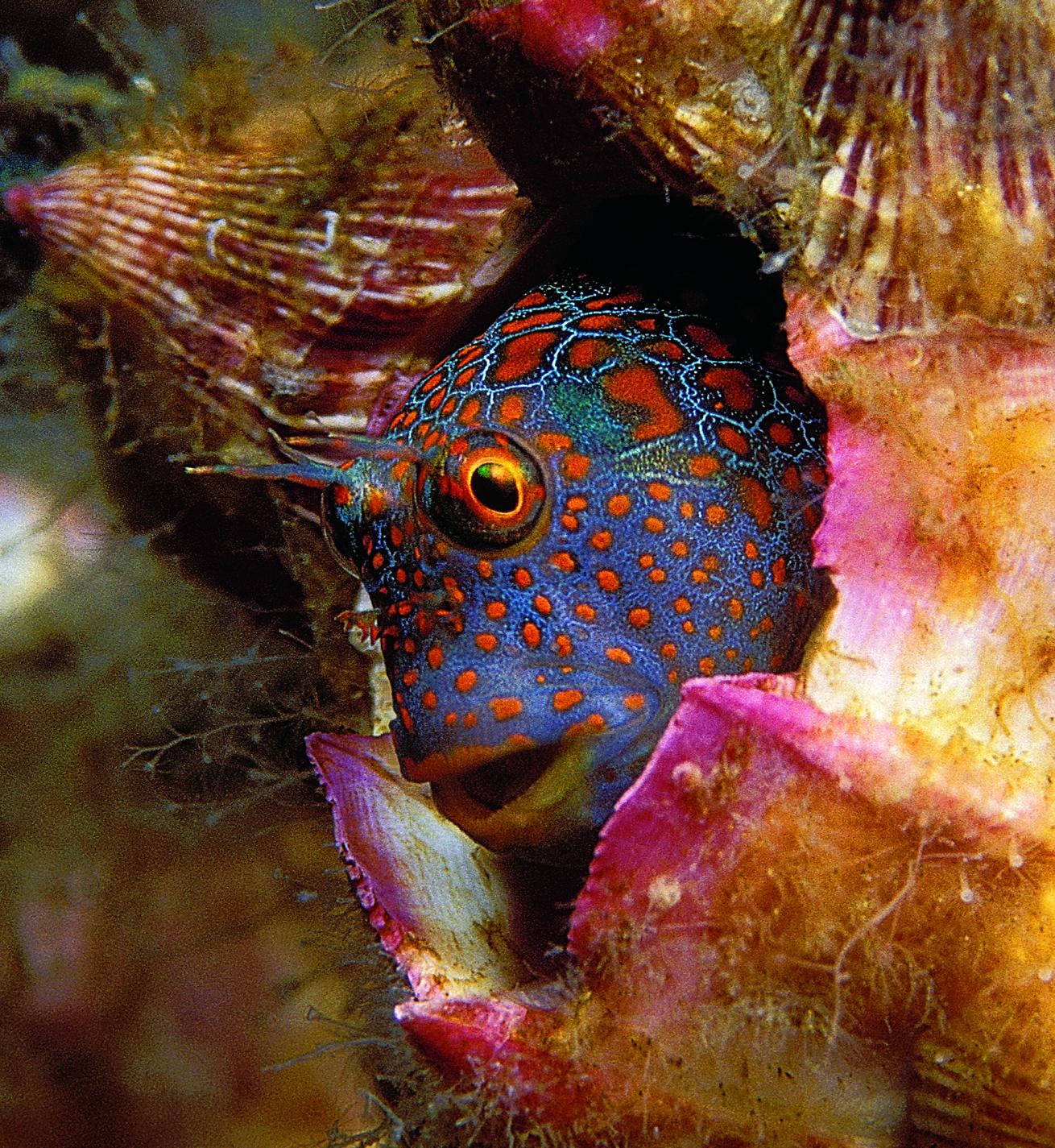
Clay Coleman
Many divers think they need a plane ticket and passport to have a truly dramatic underwater experience like swimming with manta rays, encountering a whale shark or finning across a coral reef in a wild open ocean. That’s probably because they haven’t heard about the remote gems in our Gulf of Mexico about 100 miles off the Texas/Louisiana coastline.
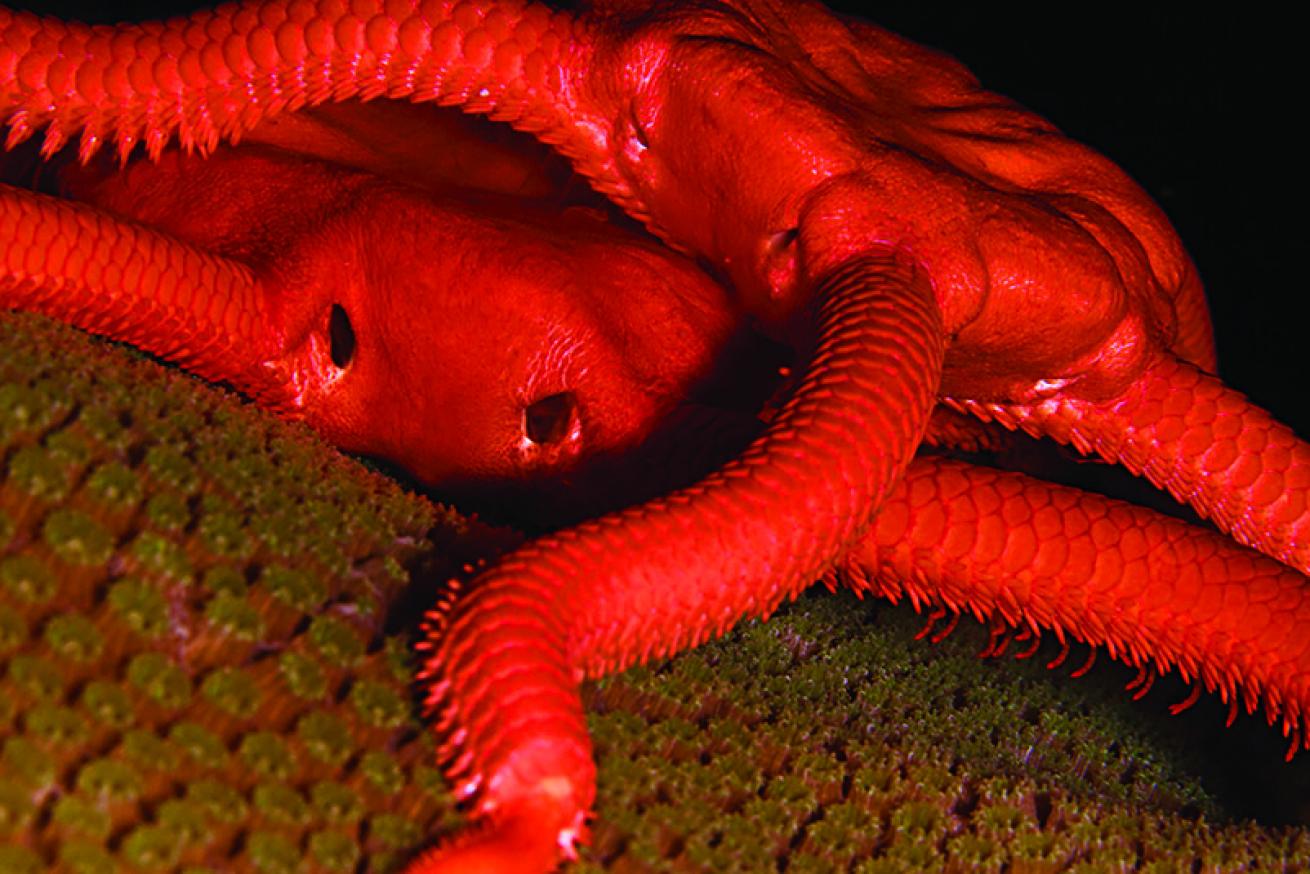
Chris Parsons
The Flower Garden Banks National Marine Sanctuary encompasses a triad of reefs bathed in bio-rich Gulf Stream eddies that nourish an awesome assortment of exciting marine life. The East and West Flower Garden Banks reefs are 12 miles apart with plateaus of 250 acres and 100 acres respectively. They are the northernmost coral reefs on the North American continental shelf, and host more than 20 species of corals and at least 180 species of fish.
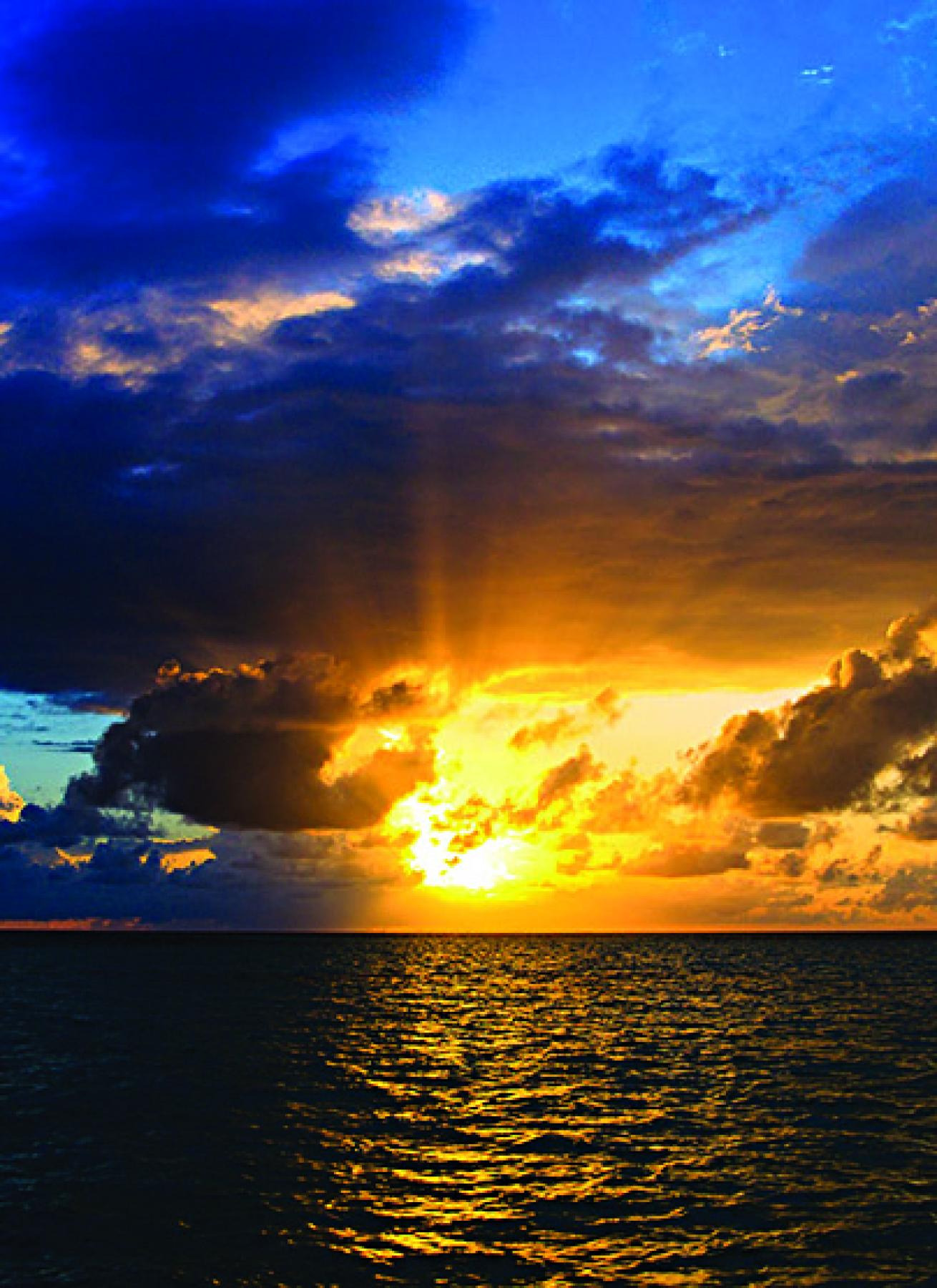
Due in part to their distance from shore, the Flower Garden Banks are touted by scientists as one of the healthiest coral-reef systems in the Western Hemisphere. Stetson Bank, the later addition to the sanctuary, is a much-smaller siltstone-based reef set 40 miles inshore from the West Flower Garden Bank. Considering much of the surrounding ocean floor is featureless, and the closest bona fide coral reefs are 400 miles away in Mexico, the Flower Garden Banks are true oases of tropical marine life.
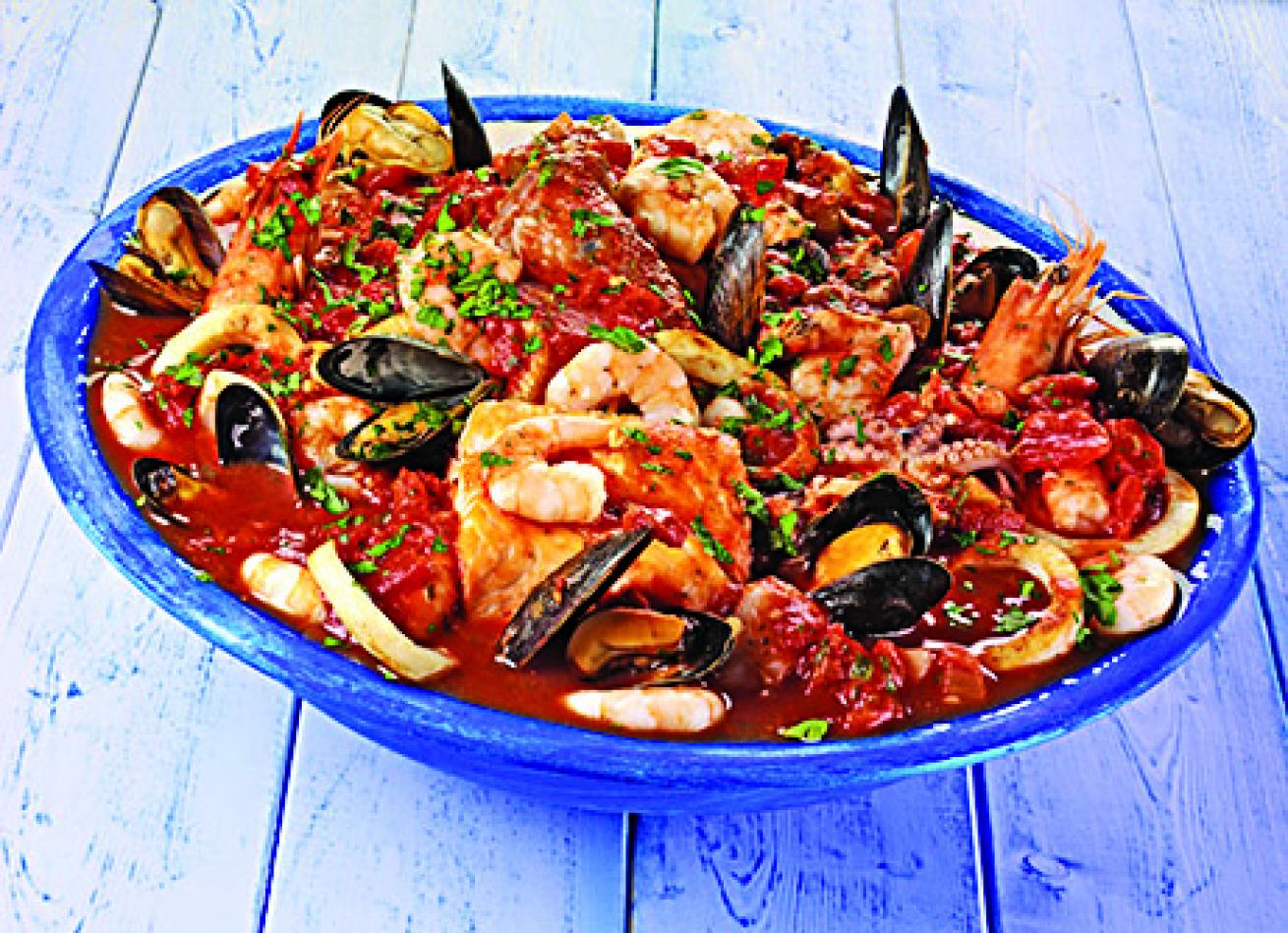
Foodfolio
Imagine a lively underwater meadow filled with giant green-and brown-hued mounds and boulders wrapped in a cover of living brain-and star-coral polyps. Dozens upon dozens of these rounded coral heads can be seen in every direction as far as the eye can see — which is often 100 feet or more thanks to consistently stellar visibility. Many of the hard-coral mounds are bigger than a Smart car, and most are studded with orange and yellow sponges. Schools of chromis and creolefish hover over the formations while parrotfish, rock beauty angelfish and Spanish hogfish flit around the reef area. Other prominent species include barracuda, red spotted hawkfish and scrawled cowfish. Sand patches and trenches section off the nearly continuous spread of corals. Bottom dwellers like yel- lowhead jawfish, peacock flounder and tilefish hang out in the sand areas.
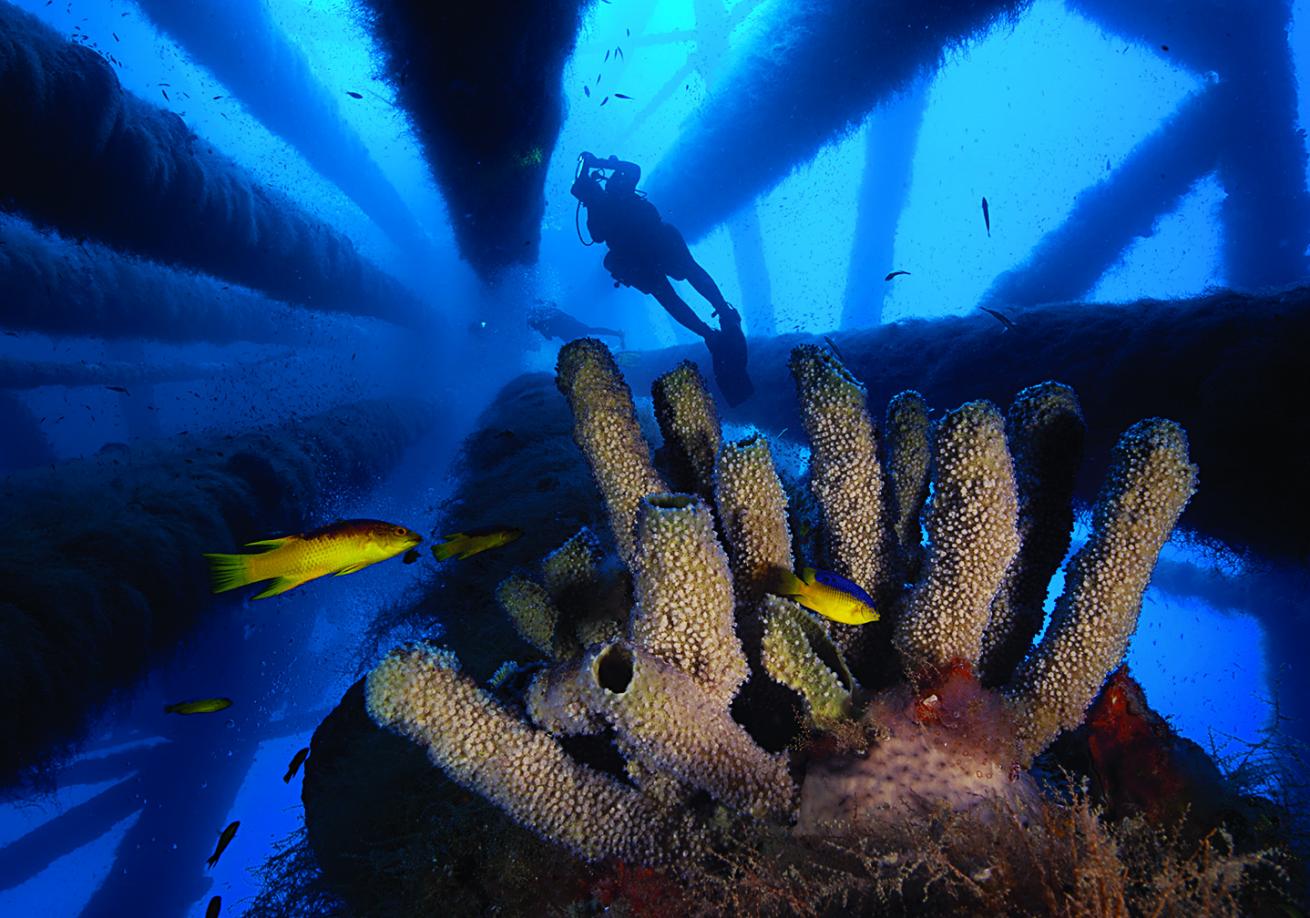
David Doubilet
Besides an impressive array of stony corals and Caribbean tropicals, the Flower Garden Banks also attract much larger animals like manta rays, loggerhead turtles and silky sharks. You might even spot a mobula ray or a hawksbill turtle cruising around the reef. During the late-winter months and in early spring, massive squadrons of spotted eagle rays pass through the region. Whale-shark sightings occur mostly in the summer months but are sporadic. Yet on most trips it’s common to see a silky, sandbar or nurse shark. And each year, two remarkable events occur. From January to early April, schools of scalloped hammerhead sharks migrate through the Gardens; seven to 10 days after the August full moon, the reef explodes in a reproduction frenzy known as mass coral spawning.

Guillen Photography/Almay
The Sanctuary’s third formation, Stetson Bank, is the smallest of the trio at 36 acres, but it is a magnet for thrilling marine life such as manta rays, sandbar sharks and, on occasion, whale sharks. Stetson touts a series of siltstone pinnacles, which differ from the East and West banks, encrusted with sponges and fire coral where spiny oysters, arrow crabs, feather dusters and a wide array of invertebrates vie for space.
The Sierra Madracis coral formation near mooring buoy No. 3 is not only the largest coral formation on Stetson, it’s also one of the most visually stunning and lively displays of ten-ray star coral in the entire sanctuary. Schools of crimson creolefish hover overhead while spotted morays poke their heads out from holes. It’s a real beauty. At Stetson you’ll also marvel at the unusual number of spotted scorpionfish, flashy sailfin blennies and rare golden smooth trunkfish. Another signature of Stetson is its wall on the north side that makes a dramatic plunge to 180 feet. While navigating along the edge of the drop-off, be sure to keep your eyes peeled for the big boys passing through.
ITINERARY
DAY 1: From Houston, head south to Freeport and find the M/V Fling no later than 8 p.m. to allow time for Cajun-style gumbo at On the River Restaurant, a short walk from the dock. After boarding, stake a bunk for the overnight cruise.
DAY 2: The first dive on the West Flower Garden Bank mooring is at 7 a.m. A full hot breakfast with tasty tacos awaits after surfacing. Two- and-a-half hour surface intervals offer time to read or lounge on the upper deck. After the second dive, grab a quick snooze during the 12-mile run to the East Flower Garden Bank reef. If conditions are right, nearby high Island 389 platform might be the best rig dive of your life. The late afternoon fourth dive is followed by a Texas-size dinner — beef brisket, fajitas or spaghetti. After surfacing from the night dive, enjoy a late-night treat of ice cream and warm brownies before heading to the upper deck for star-gazing.
DAY 3: Diving Stetson Bank is an entirely different experience from the East and West banks. Often described as a moonscape, it offers rocky uplifts, sponge-encrusted pinnacles and loads of fish. Lunch is served after the second dive as the boat begins the five-hour run back to port. Dock arrival is typically no later than 6 p.m.
NEED TO KNOW
When to Go: Winter season runs February through April; summer season is May through September. The calmest seas occur at end of July through mid-September.
Dive Conditions: Water temperatures vary from the mid-60s to low 70s in winter and from the low to mid-80s during the summer. Visibility ranges from 30 to 60 feet in the winter and 75 to 100-plus feet during the summer.
Operators: Fling Charters runs two- and three-day trips on the M/V Fling from Freeport, Texas. Texas Bluewater Safaris, also out of Freeport, runs small groups to Stetson Bank and the Flower Garden Bank reefs.
Price tag: Two-day live-aboard trips (seven dives) start at $570 for weekends and $520 for weekdays. Three-day weekday live-aboard trips (11 dives) start at $615.
More Information: Visit the Flower Garden Banks National Marine Sanctuary website.










